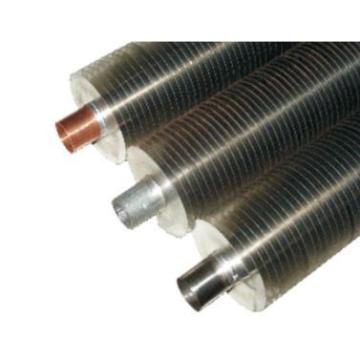
Advantages: Dry flue gas desulfurization technology is a gas homogeneous reaction. Compared with wet desulfurization systems, it has simple equipment, small footprint, low investment and operating costs, easy operation, low energy consumption, easy disposal of products, and no Sewage treatment system, etc.
Disadvantages: However, the reaction speed is slow and the desulfurization rate is low. Advanced methods can reach 60-80%. However, at present, this method has low desulfurization efficiency, low absorbent utilization rate, serious wear and scaling phenomena, greater difficulty in equipment maintenance, low equipment operation stability and reliability, and short service life, which limits the application of this method.
Classification: Commonly used dry flue gas desulfurization technologies include activated carbon adsorption method, electron beam radiation method, charged dry absorbent injection method, metal oxide desulfurization method, etc.
A typical dry desulfurization system sprays desulfurizer (such as limestone, dolomite or slaked lime) directly into the furnace. Taking limestone as an example, when it is calcined at high temperature, the desulfurizer is calcined to form porous calcium oxide particles, which react with SO2 in the flue gas to form calcium sulfate to achieve the purpose of desulfurization.
Dry flue gas desulfurization technology has been applied to large converters and blast furnaces in the steel industry, but this method is not suitable for small and medium-sized blast furnaces. The advantages of dry desulfurization technology are simple process, no sewage and acid treatment problems, low energy consumption, especially the higher flue gas temperature after purification, which is conducive to the diffusion of chimney exhaust and does not produce "white smoke" phenomenon. The final flue gas does not require secondary heating and is less corrosive; its disadvantages are low desulfurization efficiency, large equipment, large investment, large floor space, and high operating technical requirements. Common dry desulfurization technologies include.




![]() January 13, 2024
January 13, 2024 Advantages: Dry flue gas desulfurization technology is a gas homogeneous reaction. Compared with wet desulfurization systems, it has simple equipment, small footprint, low investment and operating costs, easy operation, low energy consumption, easy disposal of products, and no Sewage treatment system, etc.
Advantages: Dry flue gas desulfurization technology is a gas homogeneous reaction. Compared with wet desulfurization systems, it has simple equipment, small footprint, low investment and operating costs, easy operation, low energy consumption, easy disposal of products, and no Sewage treatment system, etc.